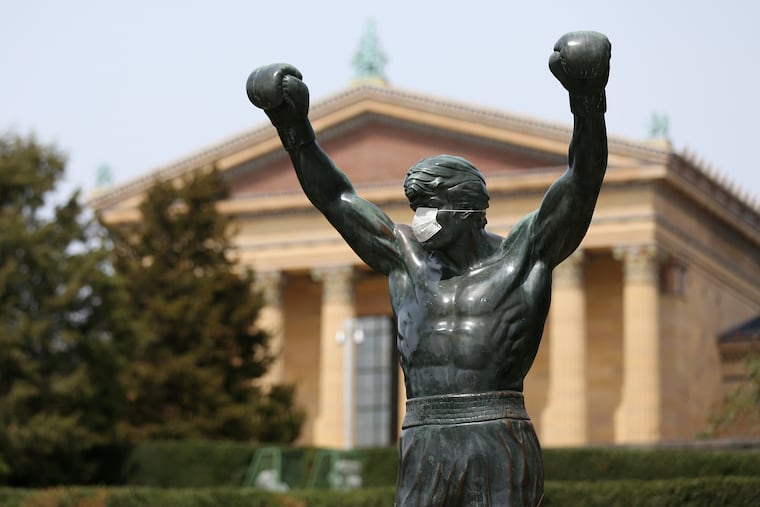Philadelphia Museum of Art slashes staff as pandemic takes its toll
The Art Museum expects to re-open in September, but the Perelman addition will remain closed.

With its finances battered by the pandemic, the Philadelphia Museum of Art is laying off 85 employees. An additional 42 have accepted voluntary separation agreements, reducing the number of employees by about 23%.
The museum has been shuttered since March, and although it anticipates reopening in September, plans call for it to do so on a limited basis. Art Museum leaders foresee a contraction of the institution, with fewer programs and lower attendance.
“We will be forced to operate in a very different way than in the past in order to protect our staff as well as our visitors,” wrote Art Museum director and CEO Timothy Rub in a Tuesday email to staff announcing the layoffs. The museum has had to cancel or defer exhibitions and programs, including school tours, family days, performances, lectures and talks, workshops, and other events, his email said.
» READ MORE: ‘A pretty bleak picture’: Philadelphia Museum of Art reveals to staff what its workplace assessment uncovered
Only one public entrance will remain in operation — the one on the main building’s north side. The Perelman annex will stay closed, and a decision about reopening the Rodin Museum, which is operated by the Art Museum, is expected in several weeks.
In June, the museum placed some employees on furlough and solicited volunteers for a voluntary separation agreement.
“We had hoped that this program would enable us to limit, or perhaps even eliminate, the need for a mandatory reduction of our workforce,” Rub wrote, noting that the museum had warned in June that layoffs “might eventually be necessary if the number of staff who applied for the voluntary program did not enable us to bridge the significant gap between revenues and expenses that we face this year.”
Of the 85 laid off, 56 were part-time and 29 full-time, a spokesperson said.
The cuts were announced as a union organizing effort at the museum was coming to a conclusion. Results are expected Thursday in the drive for representation among staff. “We are still trying to process what that means for the unit size,” said Nicole Cook, a museum employee and one of the union organizers, in reference to the job cuts.
The staff reductions are “pure and simple out of a need to react to the losses brought on by COVID-19,” said board chair Leslie Anne Miller. “They are part of what I think is a measured approach, and the last resort.”
» READ MORE: Philadelphia Museum of Art staff and management set date for union election
The museum is anticipating a $16 million reduction in income, which will result in an expected $6.5 million gap between income and expenses for the current fiscal year, Miller said.
The cuts are primarily in the visitor services, education, and retail departments, “but there are reductions across the board, and the impact is virtually in all the departments,” she said. Additionally, about 50 open positions in the curatorial ranks remain unfilled.
Rub referred to the layoffs as one of the “hard choices that have been forced upon us by a budget that has been devastated by the pandemic.” He added that the museum’s commitment to service to the public and to the community remained steadfast, and that “we look forward to restoring what has been lost and to doing so as soon as time and circumstance permit.”